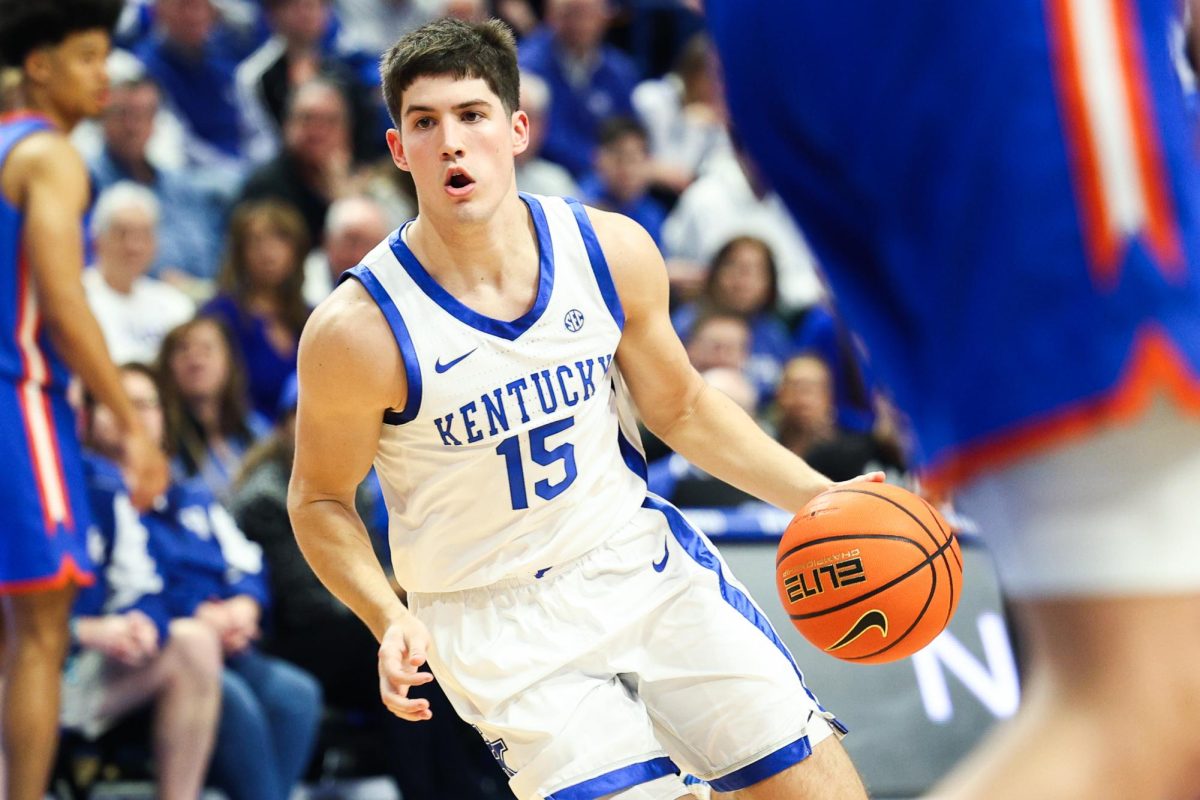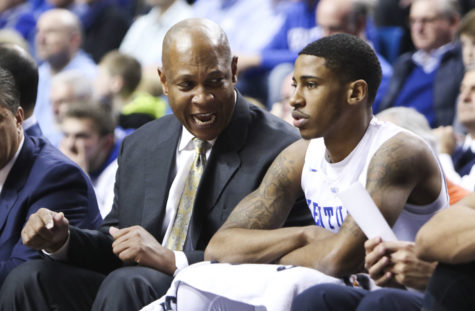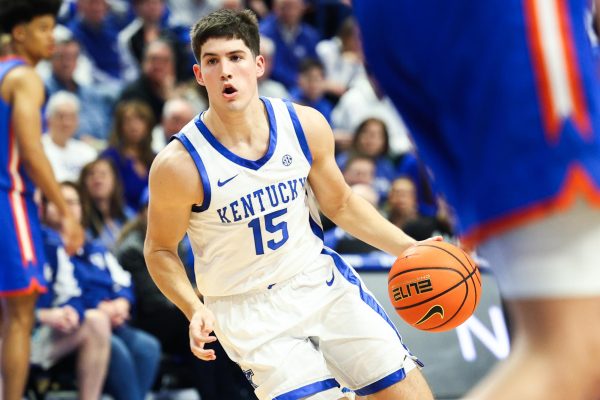Analyzing the value of UK stars over replacement players
September 28, 2011
John Wall. DeMarcus Cousins. Brandon Knight. They were all good players for UK, to say the least.
But just how much value did each have?
Over the summer, John Pudner created a formula to assign a value for just how valuable players are compared to a hypothetical “replacement” player. Much in the same way baseball has the advanced statistic of WAR, Pudner created “Value Add,” which measures how much more offensive output a player provides, percentage-wise, in comparison to a baseline 8th or 9th man on a basketball roster. Pudner, a political consultant in Alabama and Marquette fan, first published results on Big East players on his blog,
Now, for some analysis to provide context: Value Add heavily weights efficiency (Offensive Rating). That’s how three of the top four players each had possession percentages of less than 20 percent but scored high overall; Patterson, Lamb and Harrellson made up for their lower usage rates by being highly efficient scorers. Cousins, despite playing less than 60 percent of UK’s total minutes per game, made up for it with his outrageously high possession percentage and solid offensive rating (which, again, shows just how much better he could have been had he been able to stay on the floor at a more normal rate, such as 70 percent). But it it sometimes easier — in terms of grading out with this stat — to be a high-efficiency role player than a high-volume player expected to anchor the team’s offense.
There was a clear division between who we portray as major players (Cousins, Wall and Patterson from 09-10; Lamb, Harrellson, Knight, Jones and Miller from 10-11) and the others, with a drop-off of more than one percentage point between the top eight players and the bottom eight.
Perhaps the most interesting player: Eric Bledsoe, who had a lower-than-expected value of 1.31 percent. Why? He scored less than one point per possession (only ahead of Orton and Harris in this sample) but also controlled a sizable amount of possessions (one in every five went through him while he was one the floor) and took up a lot of minutes. An inefficient, high-volume player is not all that valuable, and his rating suffered accordingly.
Also of note: the jump players took in a second season. Miller and Liggins more than doubled the value add ratings from their sophomore to their junior year, as they each increased their usage and maintained solid efficiency scores. Their significant jumps in production were similar to what Pudner found happened in the majority of instances for returning players.
This formula should not be taken as gospel. It is not a stat that will revolutionize college basketball analysis and spawn a movie starring Brad Pitt. But it does provide some great context for players’ performances and an extra layer of perspective from which to think about these players.
A detailed analysis of the formulas used in these calculations comes from Pudner’s blog.



























































































































































